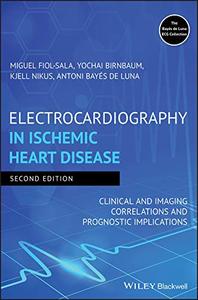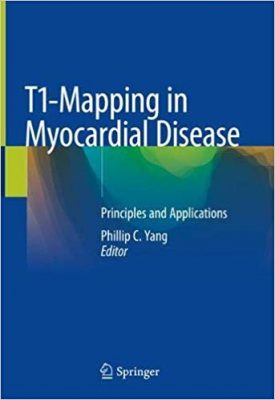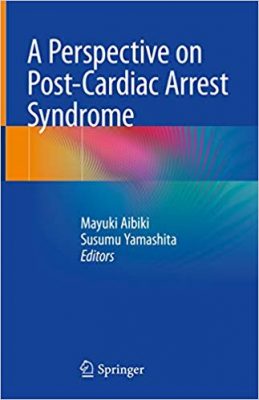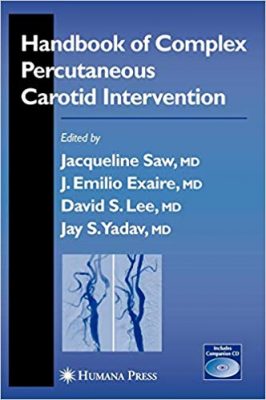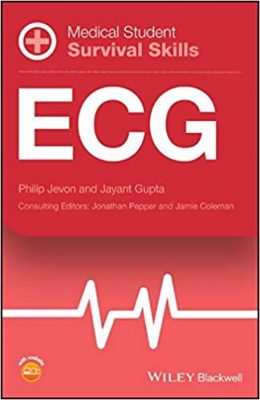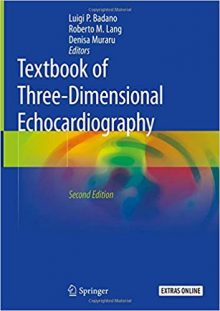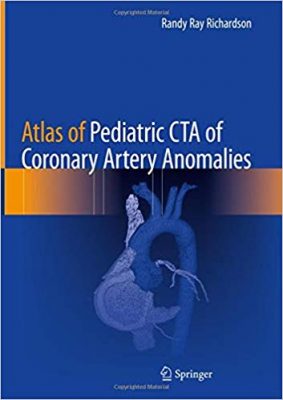SCAI Interventional Cardiology Review Third Edition
SCAI Interventional Cardiology Review Third Edition
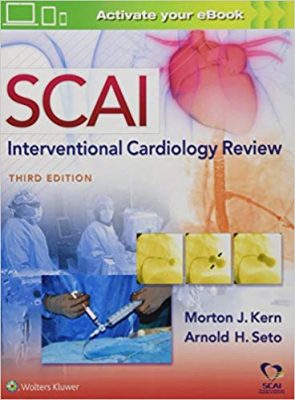
SCAI Interventional Cardiology Review Third Edition
Whether you’re studying for the interventional cardiology board exam, preparing for recertification, or simply want a concise review of the field, SCAI Interventional Cardiology Review, 3rd Edition , brings you up to date with recent changes in interventional cardiology while also preparing you for exam success. Written by global experts who are Society for Cardiovascular Angiography and Interventions (SCAI) members and leaders, coverage includes all topics on the exam, with the addition of new review questions, new topics, and revised information throughout.
- From basic to clinical science, each author discusses the most important aspects of a specific topic, followed by study questions and references.
- An online self-assessment question bank that lets you test your knowledge and track your progress as you learn.
- A new chapter on Interventional DVT/PE (deep vein thrombosis/pulmonary embolism) keeps you current with the increased use of catheter-based therapies to treat venous thromboembolism.
- New coverage includes structural heart interventions focusing on TAVR, percutaneous mitral valve repair (Mitra-Clip), closure of atrial septal defects, and left atrial appendage occluder indications.
- More than 350 illustrations and numerous tables let you reference key facts quickly—improving retention and saving you valuable study time.
- Summarizes a wide breadth of material in one convenient volume, giving you an efficient, all-in-one resource for study and review.
DOWNLOAD THIS BOOK
FOR MORE BOOKS VISIT EDOWNLOADS.ME

